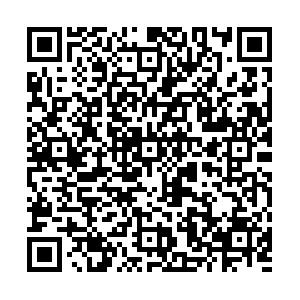Simulation of the rolling texture of pure Al using crystal plasticity finite element method
-
摘要: 基于率相關晶體塑性本構模型,分別將Taylor模型和有限單元模型兩種多晶模型嵌入大型有限元程序ABAQUS,實現了晶體塑性學有限元模擬.直接將電子背散射衍射(EBSD)獲取的晶粒初始取向輸入晶體塑性有限元模型,預測了兩種不同應變情況下面心1050純鋁軋制織構的演化.模擬結果與EBSD實驗測得的織構演化結果有較好的一致性,隨著變形程度的增加,預測織構與實測織構變得更加鋒銳.經過比較,Taylor型模型預測出了{4411}〈11118〉的Dillamore取向,而有限單元模型預測出了銅型織構取向,比Taylor模型預測結果更接近實驗驗證結果.兩種模型并不能預測出{011}〈211〉黃銅取向、{123}〈523〉S取向、{011}〈100〉Goss取向及其他理想取向.
-
關鍵詞:
- 軋制織構 /
- 晶體塑性 /
- 有限元 /
- 電子背散射衍射(EBSD)
Abstract: The Taylor-type and finite element polycrystal model were incorporated into the commercial finite element code ABAQUS on the basis of the crystal plasticity theory of rate-dependent polycrystal constitutive relations. Initial orientations obtained by electron backscatter diffraction (EBSD) were directly input into the crystal plasticity finite element model (CPFEM) to simulate the rolling texture of fcc 1050 pure Al at two stains. Comparisons of simulated and experimental results showed that texture predictions of cold rolling by the finite element model were more approximate to the experiment result. The Taylor-type model predicted that orientations accumulated in the {4411} <11118> orientation which would be called Dillamore orientation. The finite element model predicted the copper orientation that was more approximate to the experiment result than Taylortype model. No {011} <211> brass orientation, {123} <523> S orientation, {011} <100> Goss orientation and other ideal orientations were simulated. -

 點擊查看大圖
點擊查看大圖
計量
- 文章訪問數: 172
- HTML全文瀏覽量: 43
- PDF下載量: 19
- 被引次數: 0



 下載:
下載:
